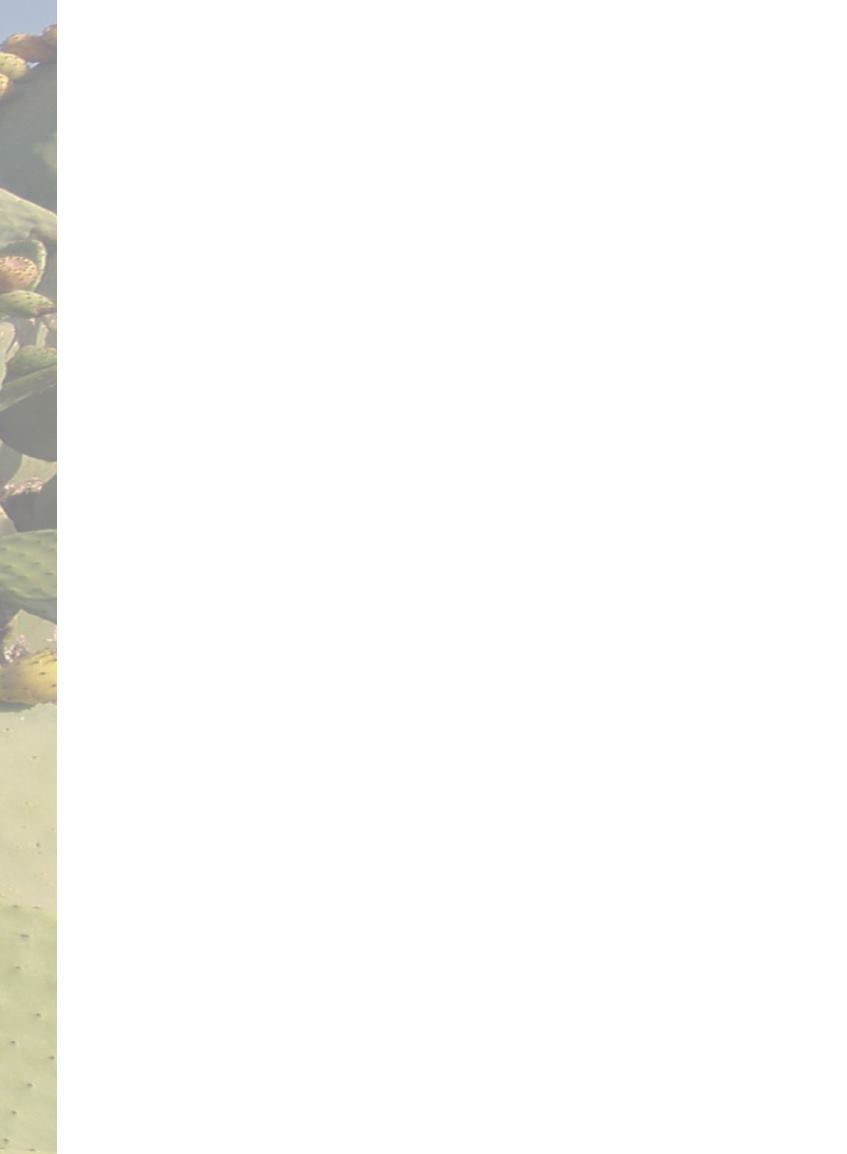
206
La cuenca del río Conchos:
una mirada desde las ciencias ante el cambio climático
El cambio climático se proyecta como un incremento en la
temperatura que orillaría a fauna y flora a consumir más agua
para su autorregulación térmica. Debido a que los acuíferos
operan al límite, implementar estrategias para solventar este
incremento esperado en la demanda de agua es vital. Dichas
estrategias podrían incluir: a) recarga artificial, previa remoción
de contaminantes, usando la energía solar como alternativa
energética sustentable; b) incentivos económicos para reducir la
cantidad de agua de riego por medio de sistemas más eficientes,
y c) promoción de cultivos propios de zonas áridas.
Palabras clave
: acuífero, calidad de agua, Chihuahua, cambio de
uso de suelo, zona árida.
Abstract
Depth to the water table and water quality were monitored in the
aquifers Tabalaopa-Aldama and Aldama-San Diego from 2004
to 2015. In 2007 a third aquifer, Laguna de Hormigas, was added
to the study. The results show a great variation of both level and
water quality with respect to time and also with their location
within the aquifer. We report results for monitoring of 20 wells,
and also particular observations on the aquifers that may explain
the obtained results. For example, the geometry of the Aldama-
San Diego may affect the high salinity of the water and also how
a small drop in the water level would have a negative effect on
endemic fish living in its hot springs.
With regard to water quality, arsenic and fluoride are naturally
present in high concentrations in all three aquifers, whereas
nitrate occurs in some of the wells, this associated with irrigation
of fields and/or parks. Rapid land use change observed in the past
few years may explain the higher demand of groundwater. If we


